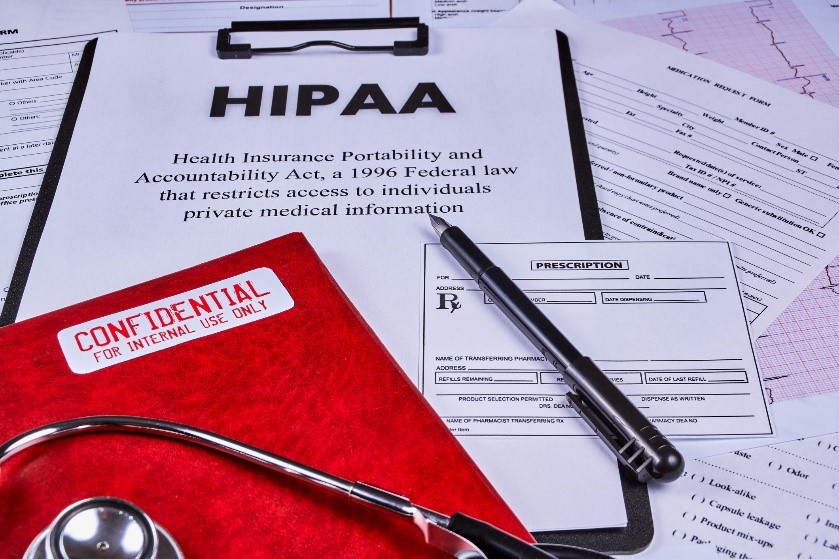
Medical facilities play a crucial role in the well-being of communities, providing essential healthcare services. Being confident that you’ve chosen the right contractor will be critical. When disasters like water or fire damage strike, these facilities face significant challenges. Here are some of those hurdles the building owners will face. You’ll be challenged by structural concerns, hurdles with maintaining equipment safely, and the intricate process of making repairs to a water or fire-damaged medical facility.
Water, fire damage, or mold) pose numerous challenges to medical facilities. First is the potential threat to patient safety. Evacuation may be necessary, disrupting ongoing treatments and increasing the risk of medical complications. Even if patients aren’t housed at the facility, the limiting of access can be inconvenient and certainly costly for the Doctors. Likewise, damage to critical infrastructure such as power systems, water supplies, and medical equipment can compromise the facility’s ability to function.
The loss of patient records is another challenge, affecting continuity of care and making it difficult for healthcare providers to access vital information. Fortunately, today many of those records are digital and in the “cloud.” In addition, the disruption in communication systems can hinder coordination among medical staff, aggravating the challenges of managing patient care during a crisis.
Water and fire can wreak havoc on the sophisticated medical equipment vital for patient diagnosis and treatment. Water damage may lead to corrosion, short circuits, and malfunctioning of electronic devices such as MRI machines, X-ray equipment, and life-support systems. On the other hand, fire can melt or warp delicate components, making the equipment useless.
Mold is often an “invisible” culprit and qualified inspectors need to determine if there is a problem. The next step is for them to write a protocol for a licensed and highly skilled contractor to follow for removal.

Replacing or repairing medical equipment is a complex process due to the specialized nature of these devices and the stringent regulatory requirements they must meet. Buying new equipment quickly is challenging (if not impossible) due to procurement processes. Budget constraints, and the need for extensive testing and validation is needed to ensure the equipment meets industry standards and regulatory compliance. Plus, the contractor must know any and all HIPAA regulations.
Moreover, training medical personnel to use new or repaired equipment is time-consuming, and during an emergency, healthcare providers must adapt quickly to the changes, further adding to the operational challenges. A qualified and skilled contractor familiar with these issues will make the project faster and safer.
The process of repairing a water or fire-damaged medical facility requires a coordinated effort from various stakeholders. Immediate action on the facility is crucial to minimize the impact on patient care. A trusted contractor will first make a thorough assessment of the extent of the damage, prioritizing critical areas such as MRI and Xray rooms, emergency departments, and patient care units.
Mitigation efforts include removing water, addressing structural damage, and securing the facility against further harm. Specialized restoration teams, including engineers, electricians, and water damage experts such as Alpha Omega Recovery, work together to identify salvageable equipment and assess the feasibility of repairs.
The repair process is often time-consuming, requiring collaboration with insurance providers, government agencies, and healthcare regulators. Financial considerations are equally important. Budget constraints and insurance coverage limitations add complexity to the decision-making process.
Water or fire damage to a medical facility presents formidable challenges that demand a swift and comprehensive response. You will want to ensure patient and visitor safety, along with medical staff. Addressing equipment issues and navigating the complexities of repairs is the second challenge that healthcare organizations will address.
It’s highly recommended that some advance thought and steps are taken to prepare for the inevitable emergency. Through careful planning, coordination, and resource mobilization, medical facilities can recover from these disasters.
Author: Dick Wagner, Tactical Specialist & Large Loss Consultant
